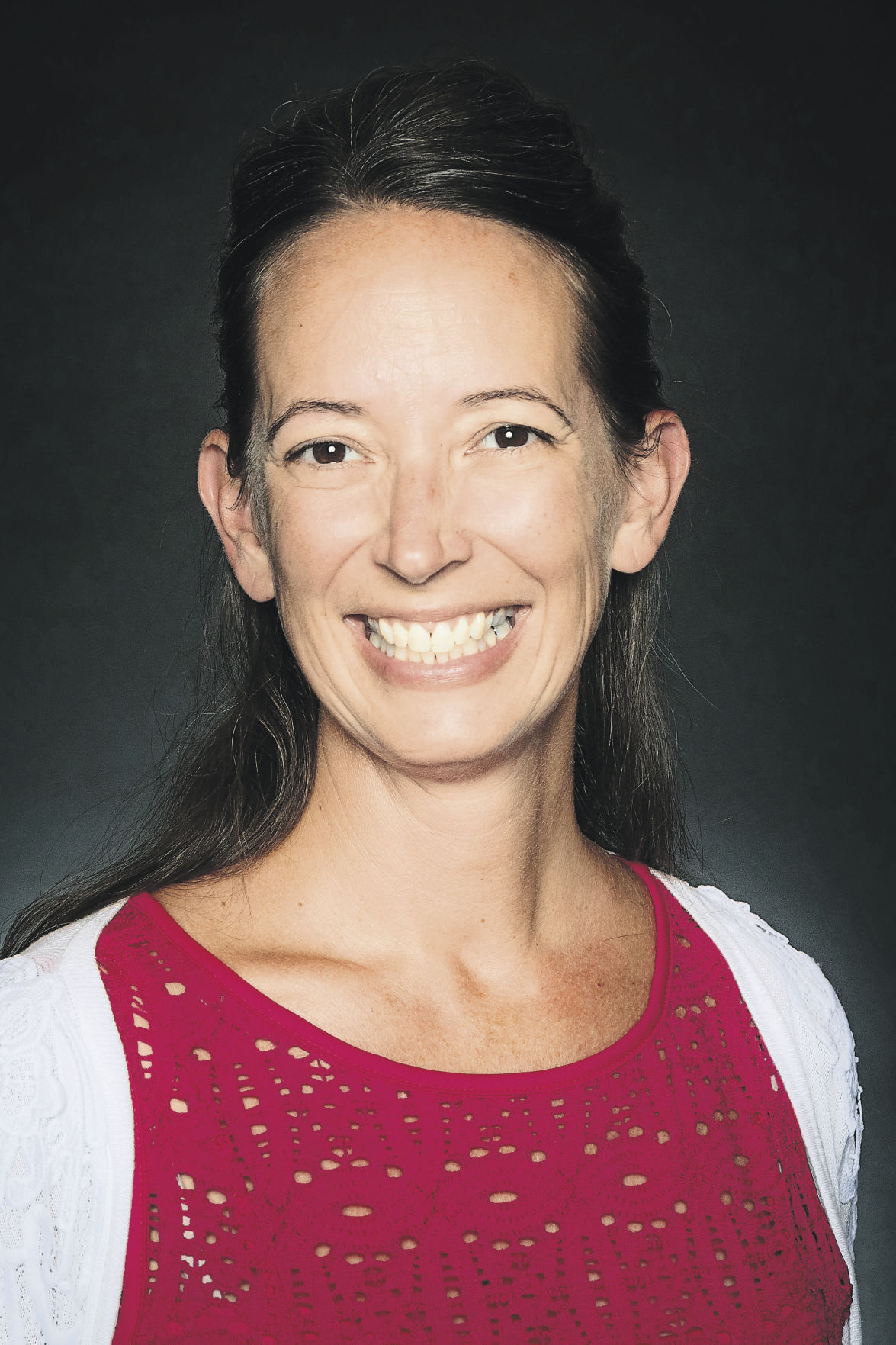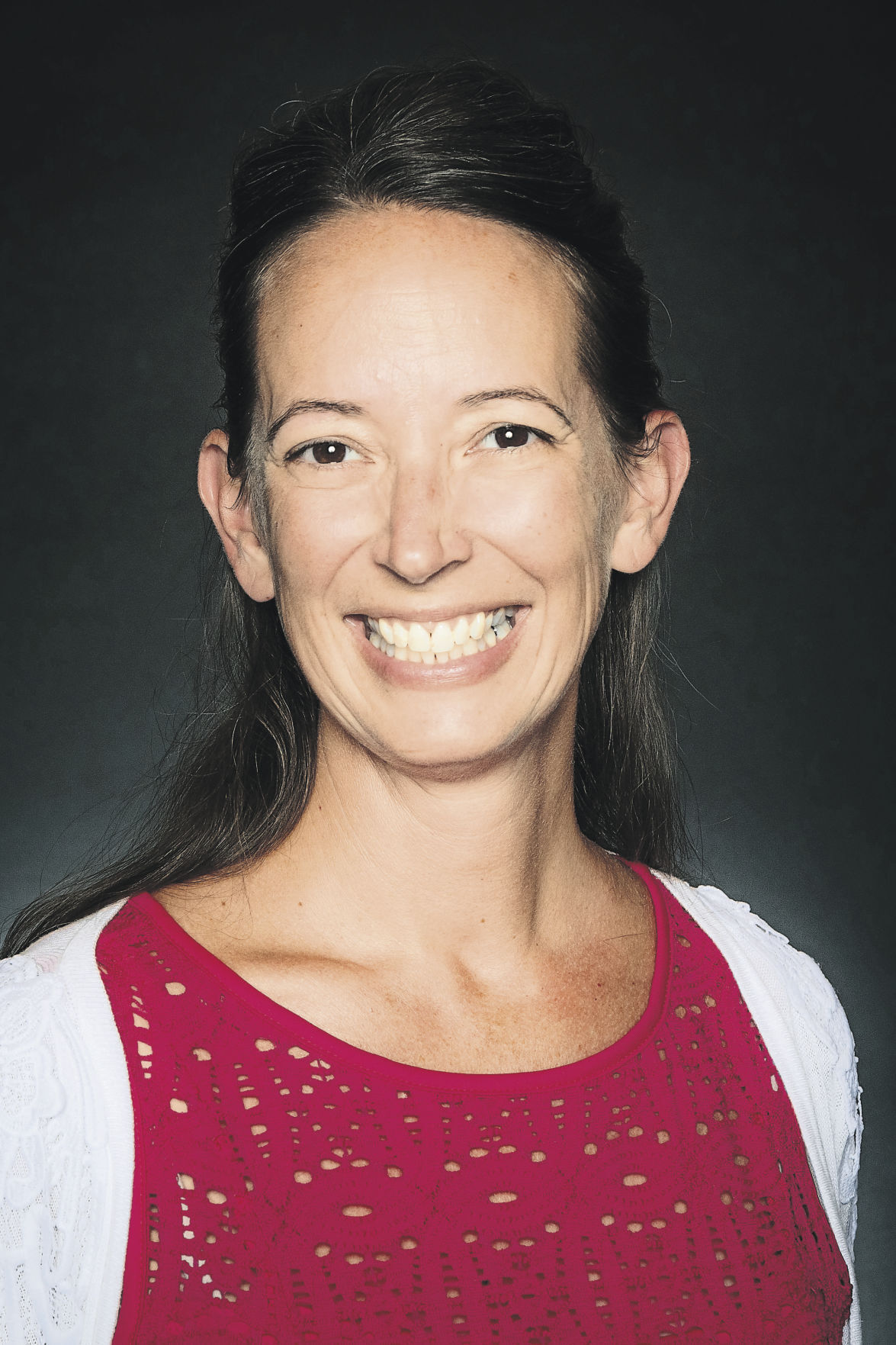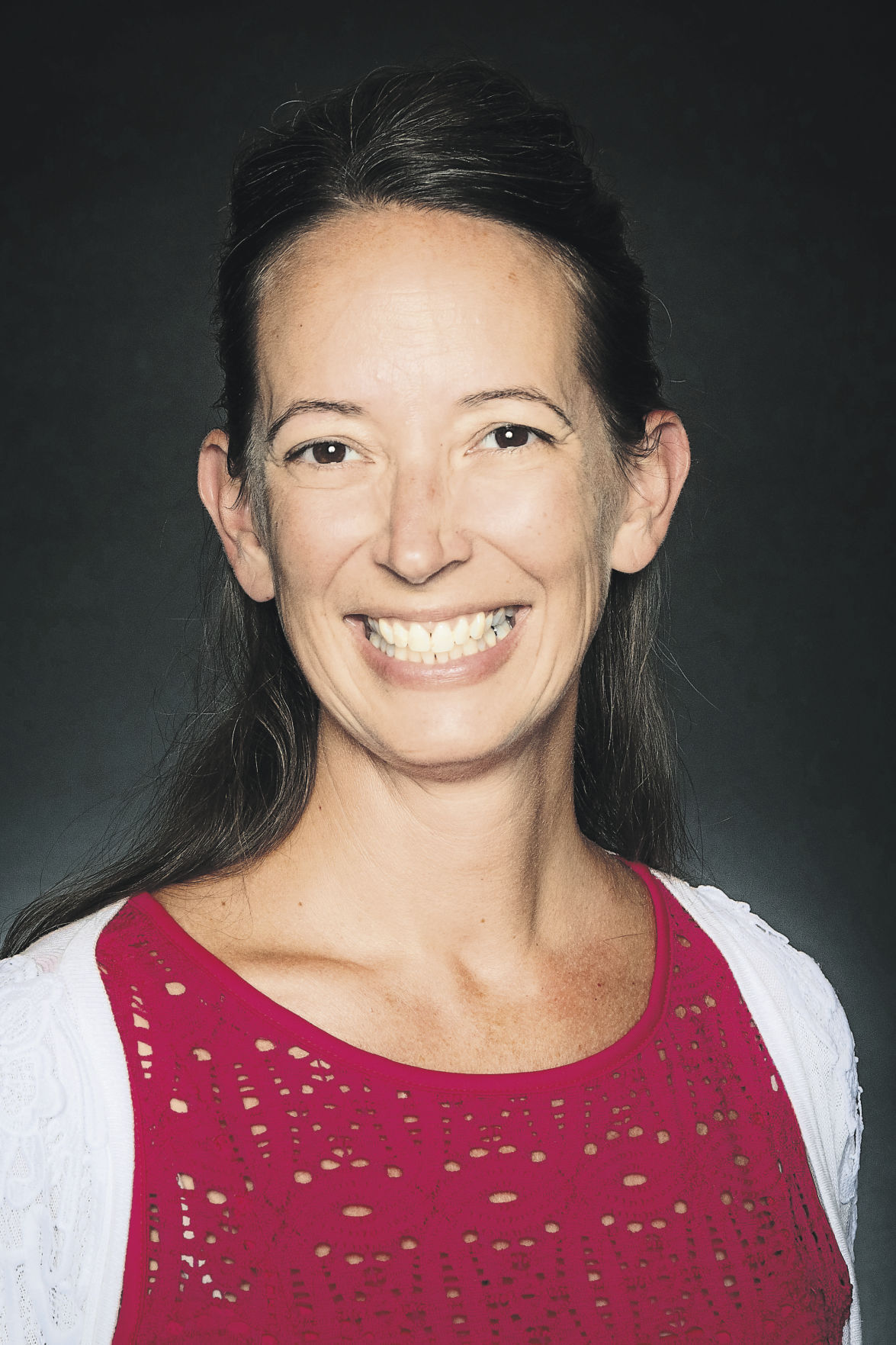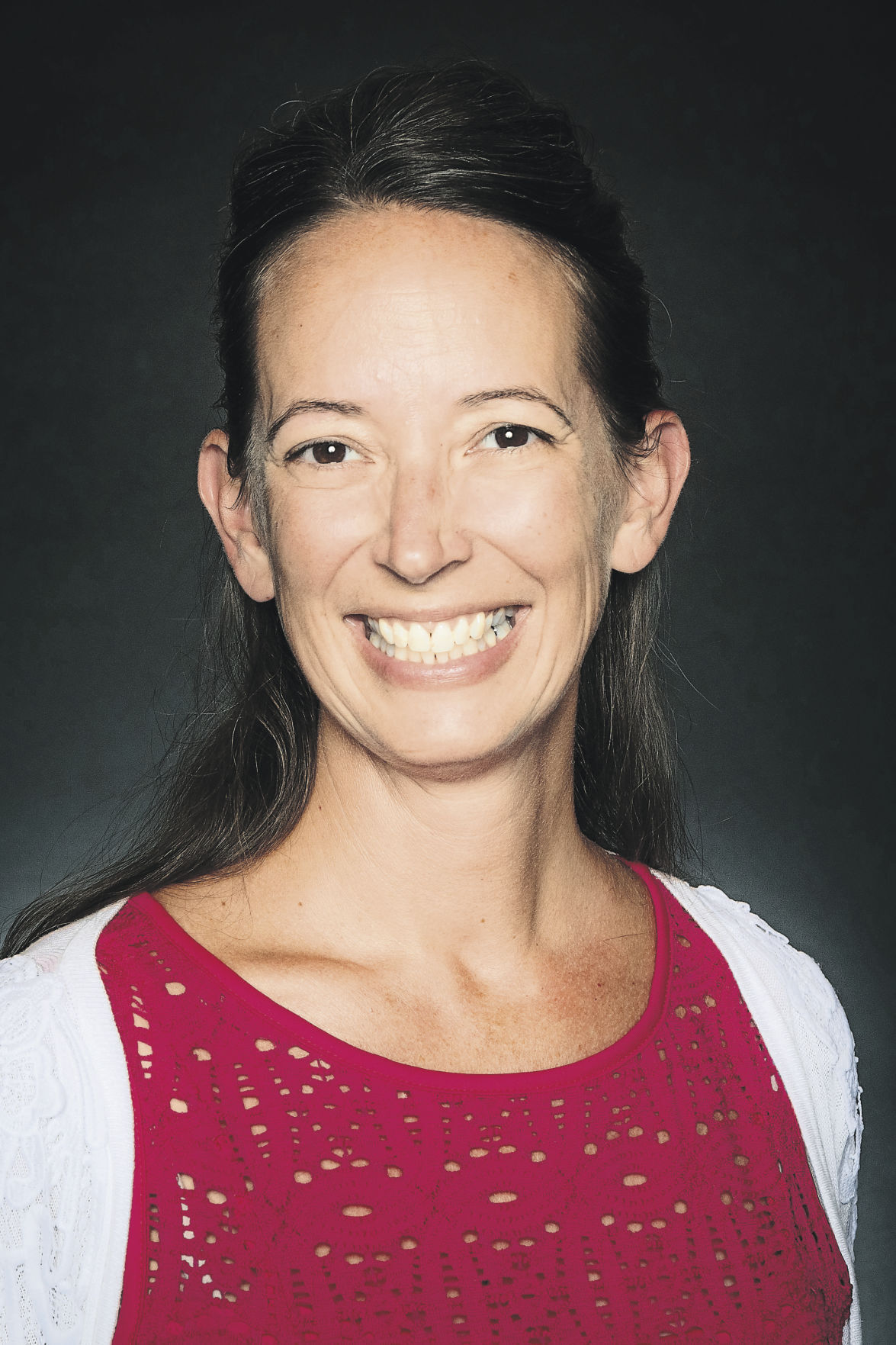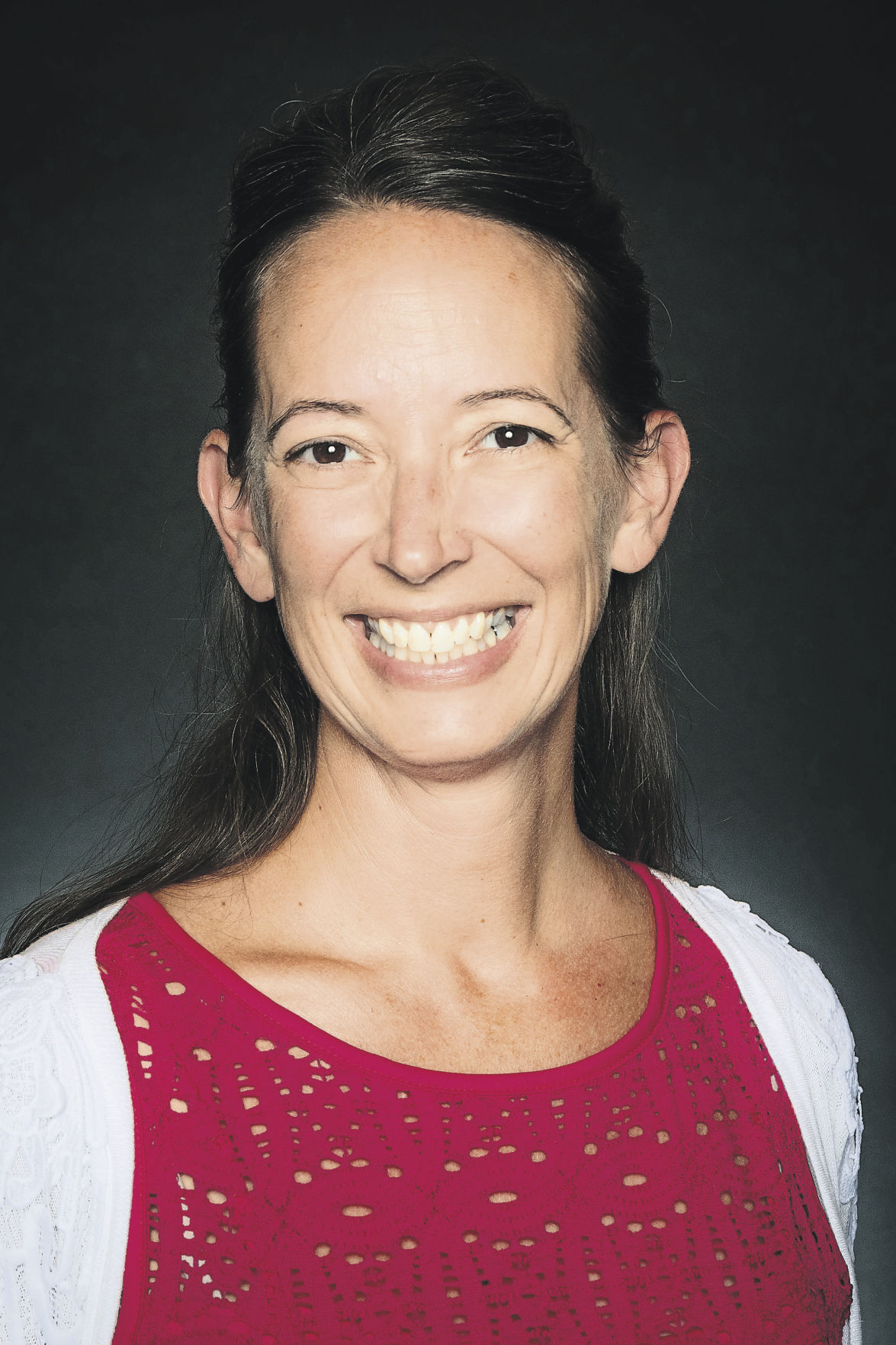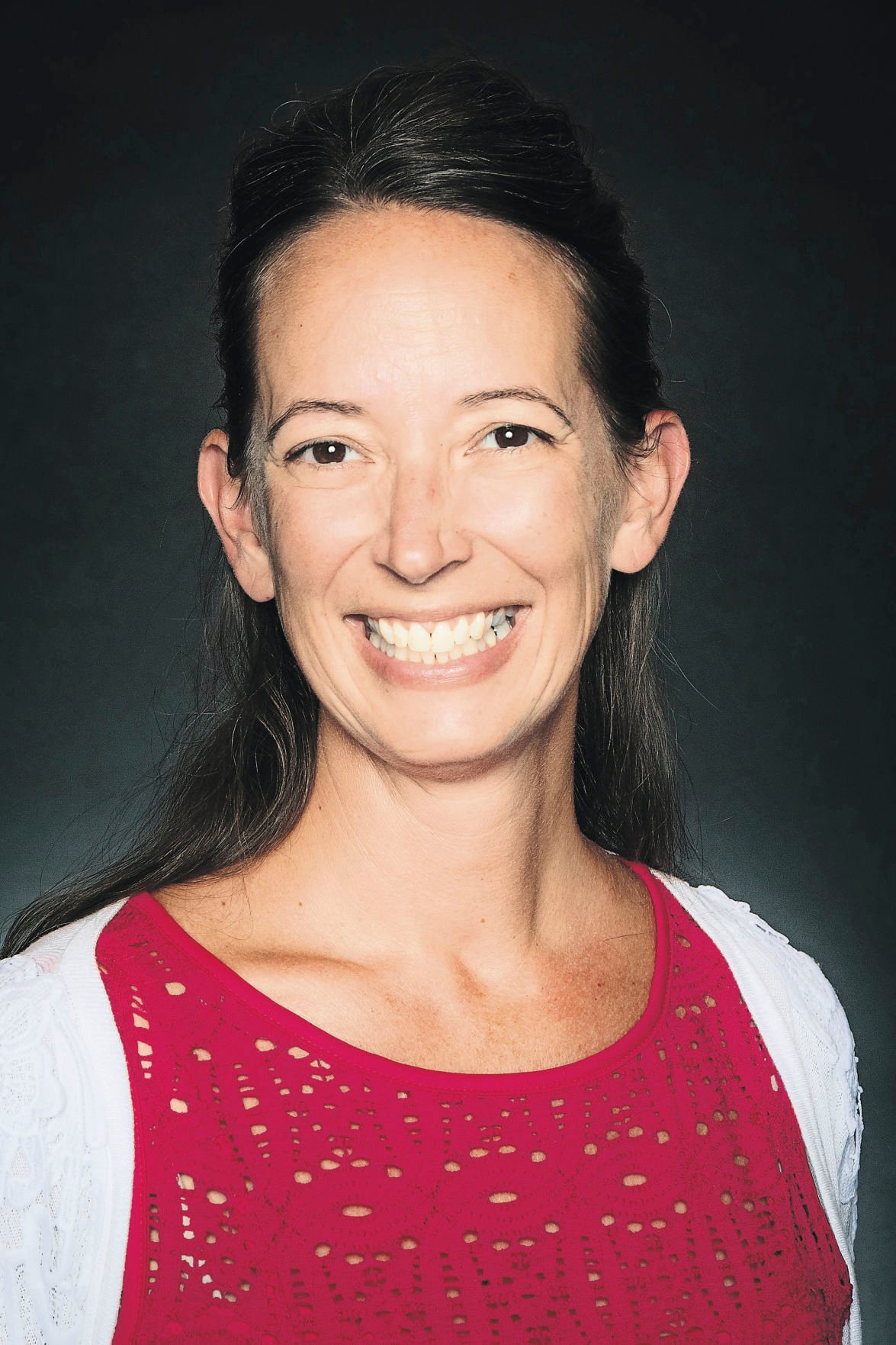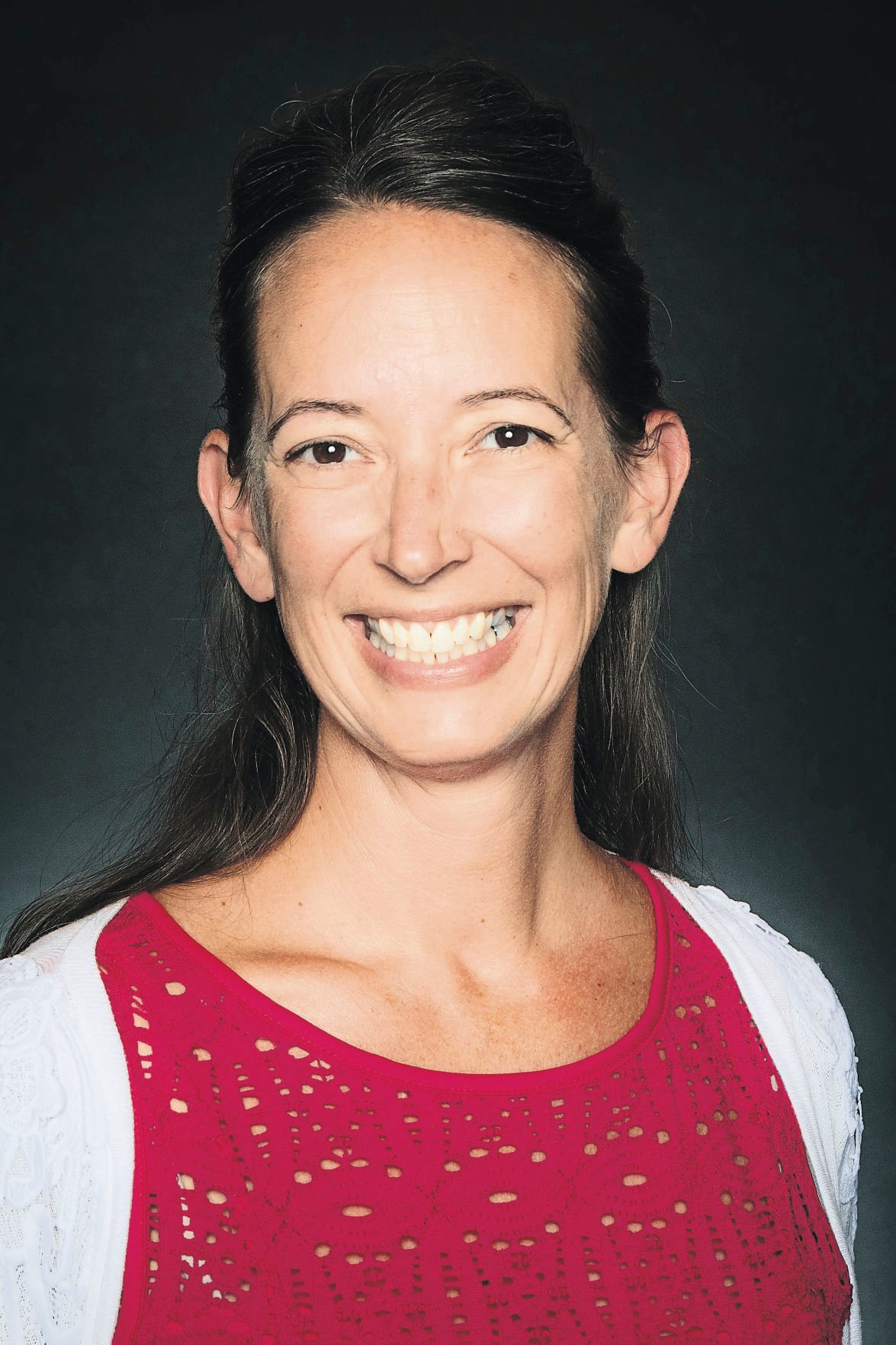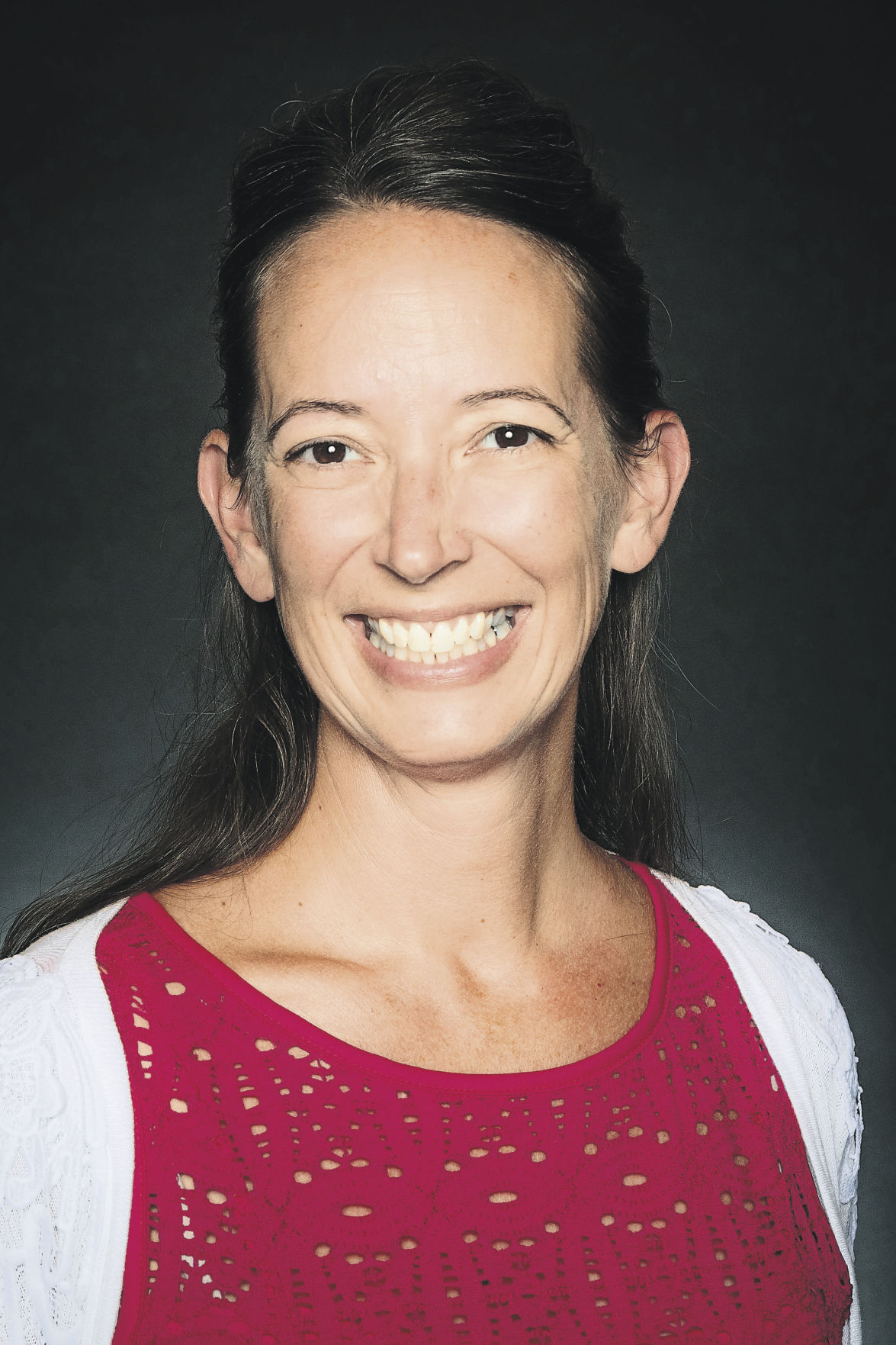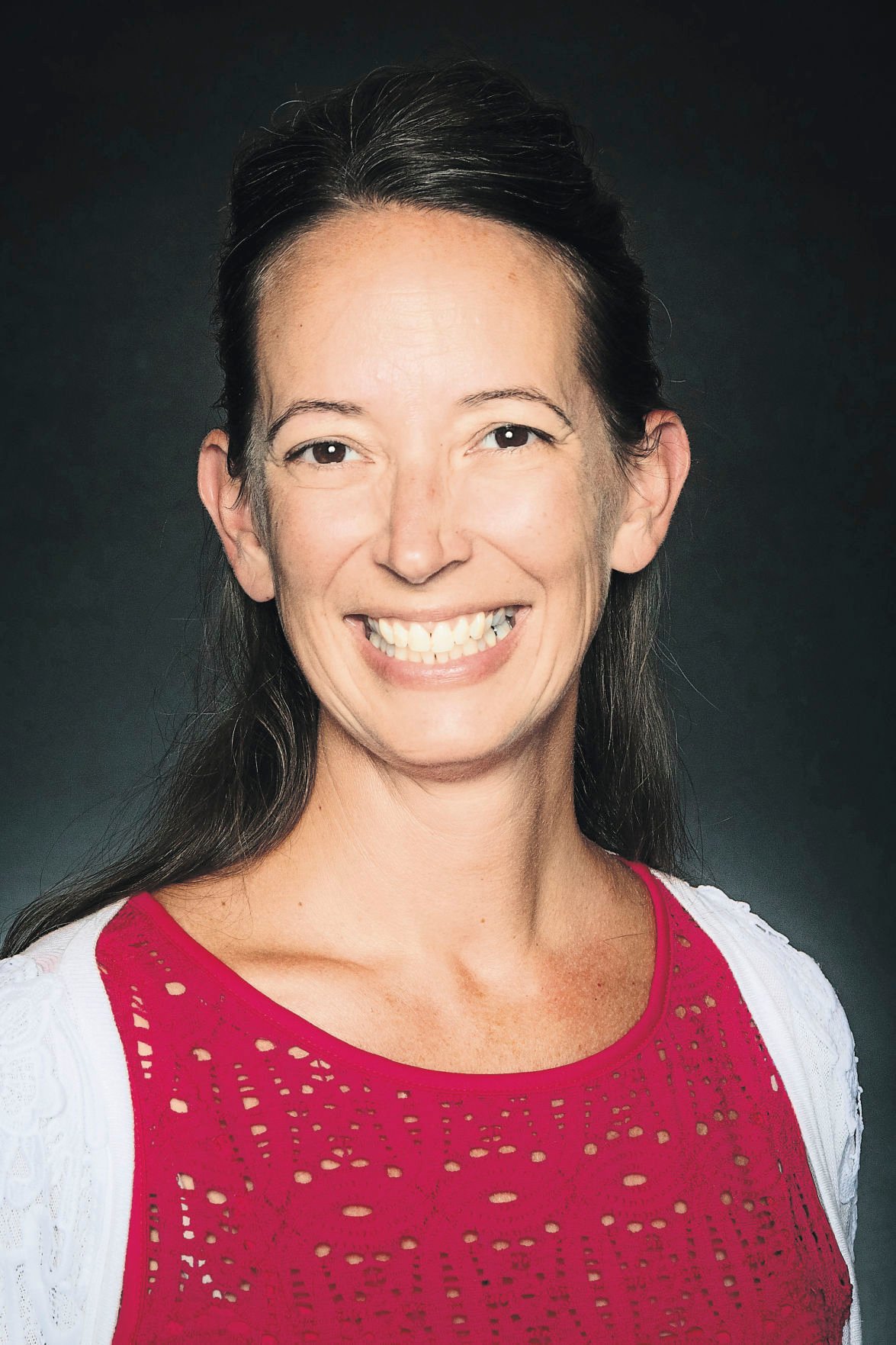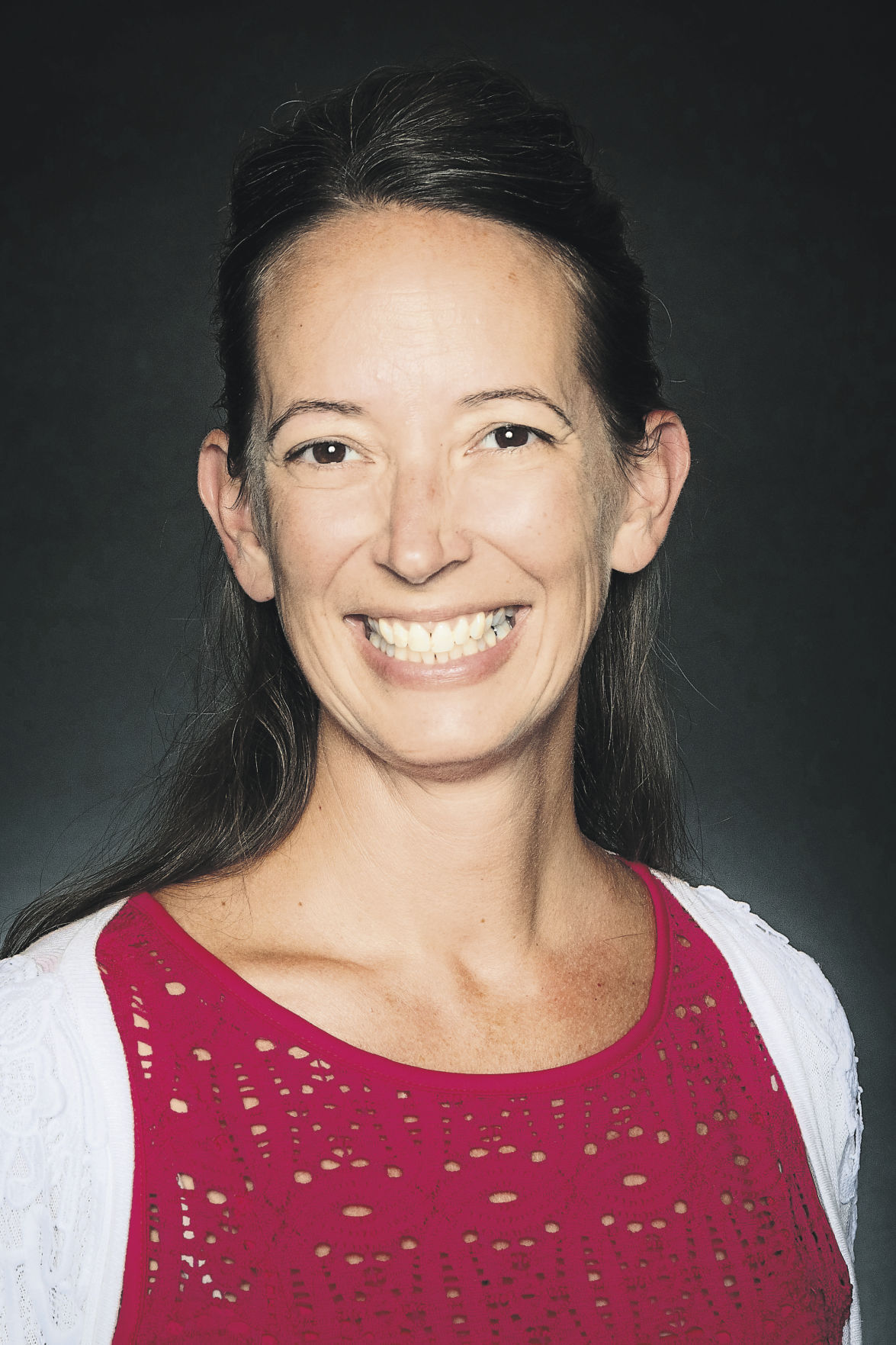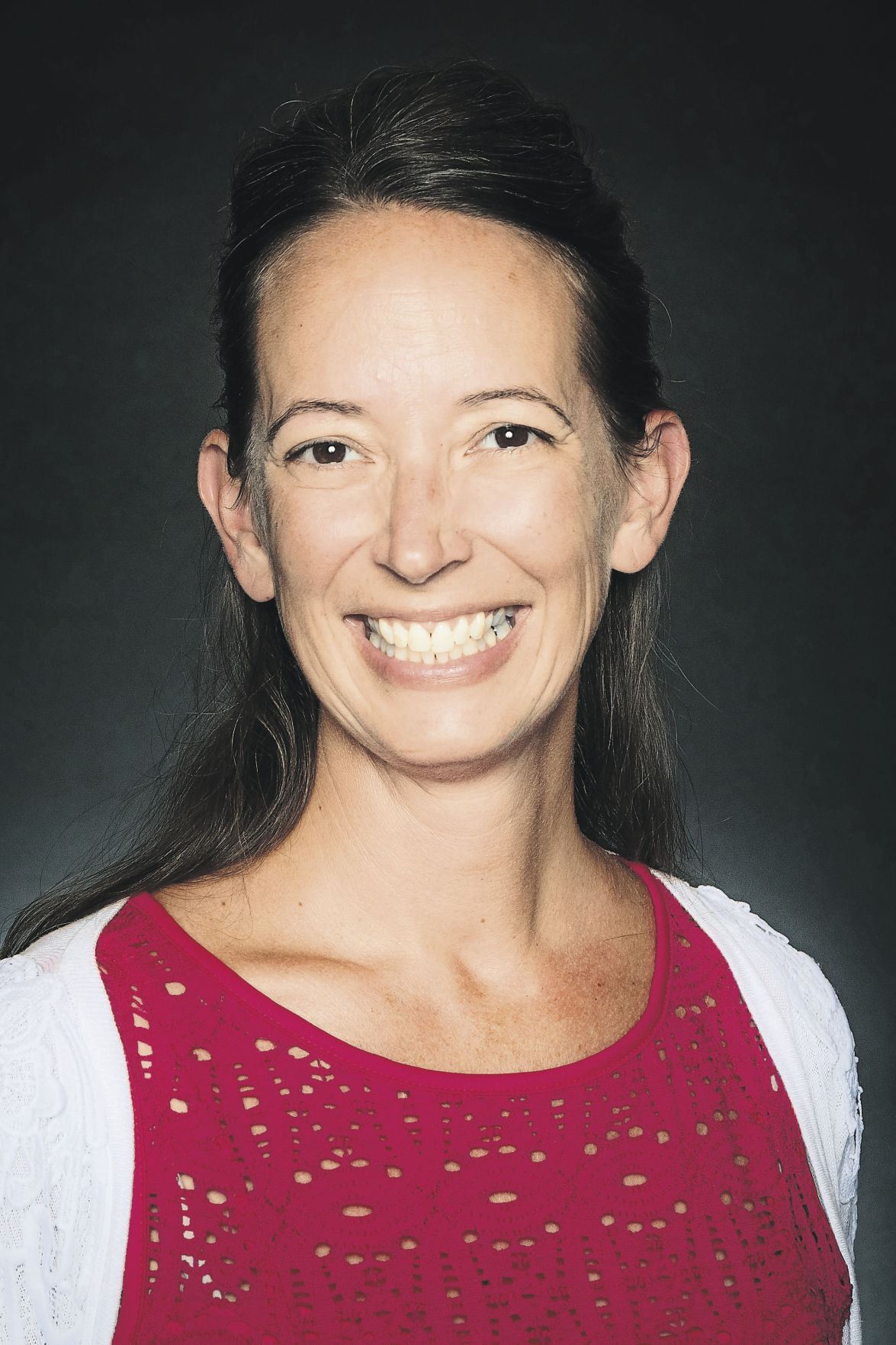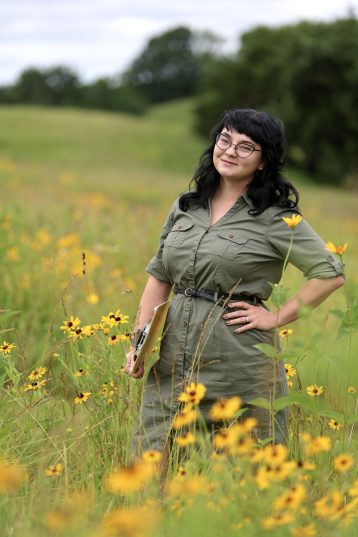Have you ever considered everything that you do every day?
When my kids were younger, I decided creating this list would be fun and beneficial. I could add priorities to my daily calendar to not forget anything. This list included personal hygiene tasks, such as brushing and flossing my teeth at least twice per day, to going to bed by 10 p.m. and exercising at least 30 minutes per day.
It also included family duties, such as making breakfast, meal-prepping and packing lunches every evening to be ready to grab in the morning.
There also were children’s duties, such as emptying backpacks, practicing spelling words and reading with each child for at least 10 minutes.
I remember filling one page of daily responsibilities and feeling overwhelmed. I never finished this list or added any tasks to my calendar.
Even though I have never spelled out every daily responsibility, I definitely have priorities in stages of my life.
When my kids were young, breakfast was important but not something I focused on during our hectic morning routine. Instead, I empowered our daycare provider to take on breakfast duty.
When the kids graduated from elementary school, our schedules changed and so did our priorities. The bus arrived at 6:45 a.m., so my wake-up time changed to 5:30 a.m., and my start time at work changed to 7 a.m. Working an extra hour Monday through Thursday allowed me to take Friday afternoons off. I could not be home after school during the week, but I could create Friday afternoon fun.
When my kids reached high school, I found it challenging to connect as a family. Everyone had different activities with different schedules.
Early on, we created two mandatory family times throughout our days. In the mornings, we would meet on the landing of our stairs at 6 a.m. for prayer time. In the evenings, we would have dinner together.
Prayer time also was a time to review our schedules for the day. We only had two vehicles, so who needed to be where and when? How could Mom or Dad strategically plan their morning and afternoon breaks to pick up kids and deliver them to the next activity?
I remember, one summer, dropping off my son, Jordan, at 6:30 a.m. swim practice with his bicycle. He would ride to my office after practice. We packed his bike in my convertible on my morning break, and I took him to the top of the hill, two miles from our house. Jordan would ride home from there, and I would make it back to work before break time was over.
Some of our systems were crazy, but we figured it out, and they worked.
During another desperate time, my younger son, Jacob, decided it was time to learn to cook. Being a swimmer, he always was famished after school and practice. One afternoon, Jacob called me asking how to make tater tot casserole. He realized that if he waited until I got home from work, dinner would not be ready until 6 p.m. That was unacceptable to his growling belly.
Every week, I created our dinner menu and posted it on the refrigerator. Jacob consulted this list and decided that he could at least start preparing dinner to speed up the cooking process. I quickly learned to add meals to the menu that Jacob easily could prepare during the week.
He turned into a bit of a chef, and that has served him well into adulthood.
Now that my kids live independently, my priorities have changed again.
I get up early. But now, I get exercise, read and have breakfast before 8:30 a.m. Moving my body throughout my day and meal-prepping have become a priority in my day.
Throughout the years, have I done everything that I should do every day? No. However, I got the most important tasks done.
How do we define our priorities? Is it really by doing what we should do?
John Maxwell teaches the “Three Rs” of prioritizing: Required, return and reward.
Required
When considering your priorities, consider what is required of you?
When my children were young, I was required to feed and care for them. Being a part of their bath time was a priority for their safety and health. As they grew older, it was no longer my priority to be with them during bath time. Instead, my focus was to help them create healthy habits by reminding them of this daily necessity.
Return
When assessing your priorities, what gives you the greatest return? What can you learn to master?
My son, Jacob, learned that giving up a little of his after-school free time to help prepare dinner gave him a more significant return when dinner was served an hour earlier.
Reward
What is most rewarding?
I have learned that I have fewer headaches and backaches when I move my body throughout the day. Exercise is a top priority in my schedule because of this reward.
When your “Three Rs” are aligned, you will maximize your energy and effort to work together toward your goal. That will justify your priorities. You will do what you believe is important.
Do not expect yourself to perfectly follow a master list of “should do’s” in your day. Instead, expect yourself to be aligned.
Focus on what is required of you, your return, and your reward, and you will achieve your goals while enjoying the process.
Kathie Rotz is a leadership consultant and John Maxwell certified speaker, trainer and coach with Unity Consulting in Dubuque.

